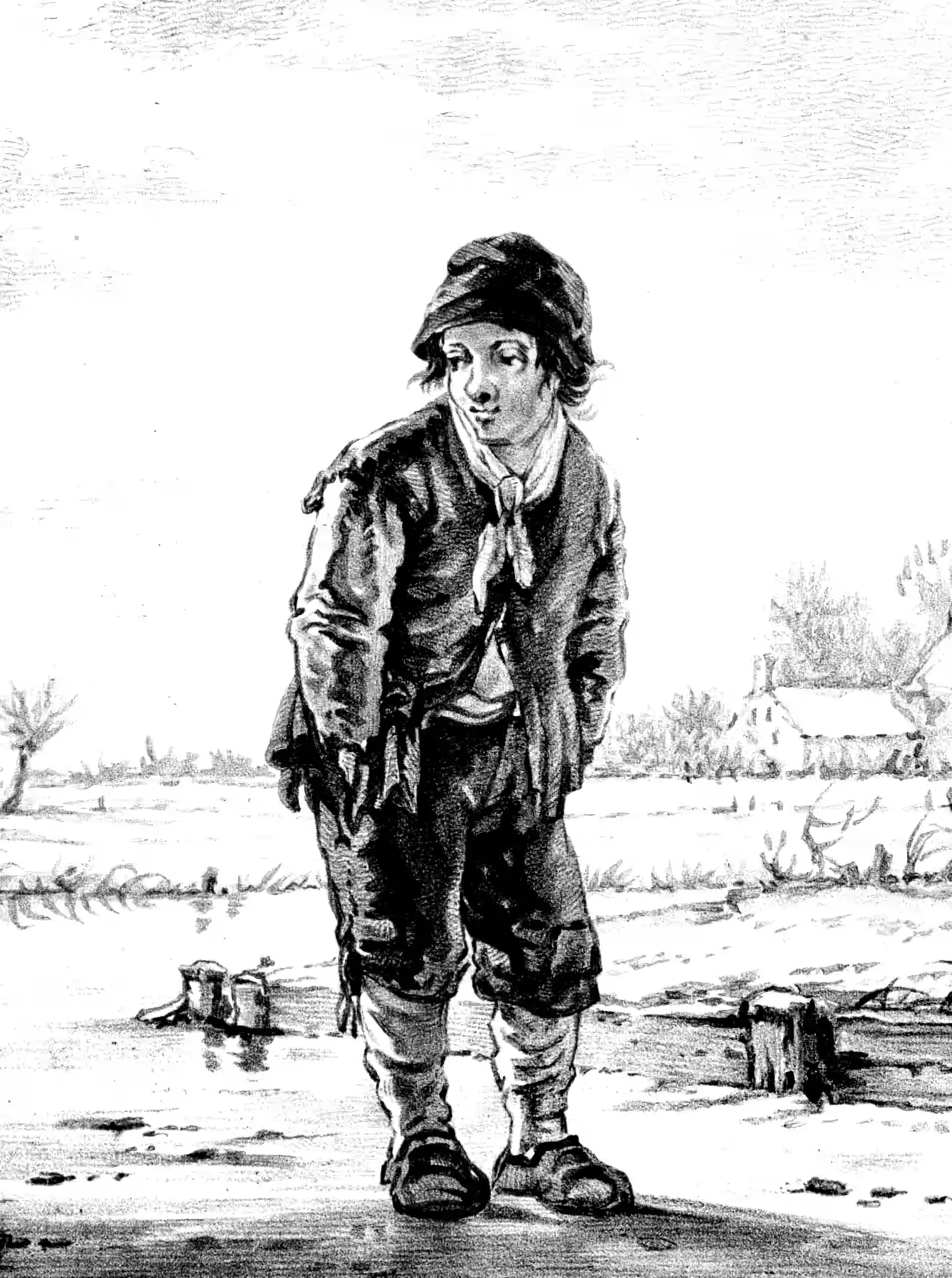Won’t somebody think of the children?
The bottom rung of the status ladder
February 5, 2024 — April 1, 2025
Suspiciously similar content
About moral panics and children
TODO: write about children’s special position on the status ladder and the interesting role that causes them to play in modern rhetoric, where many things are justified by “for the children” or “to protect the children,” regardless of whether an actual difference is made to children’s lives.
cf Growing up.
1 Actual danger to children
1.1 Climate change
Children will be the ones living with any climate disasters.
1.2 All the AI Stuff
Children will be the ones living with any AI disasters.
1.4 Child sexual abuse
For all that this page is about moral panic around children, it is worth noting that there are real dangers to children in the world.
Actual estimated rates of sexual assault are shockingly high. According to Australian Institute of Health and Welfare summary of the ABS Personal Safety Survey 11% of women and 3.6% of men in 2021–22 had experienced sexual abuse perpetrated by an adult before the age of 15; I would have guessed it was much lower. The Australian Child Maltreatment Study estimates much higher rates again, although they take pains to point out that they are not directly comparable to the ABS data; ACMS looks to have a larger sample size and more detailed questions.
Who’s Making News? is a sexual predator demographic tracker which tracks the US convictions of sexual predators. Startling how strongly this correlates with religiosity. I wonder how well that generalises and what the causal mechanism would be. Also, I have methodological concerns about how the authors have controlled for base rates.

1.3 Social media and other dopamine hacking
TBD